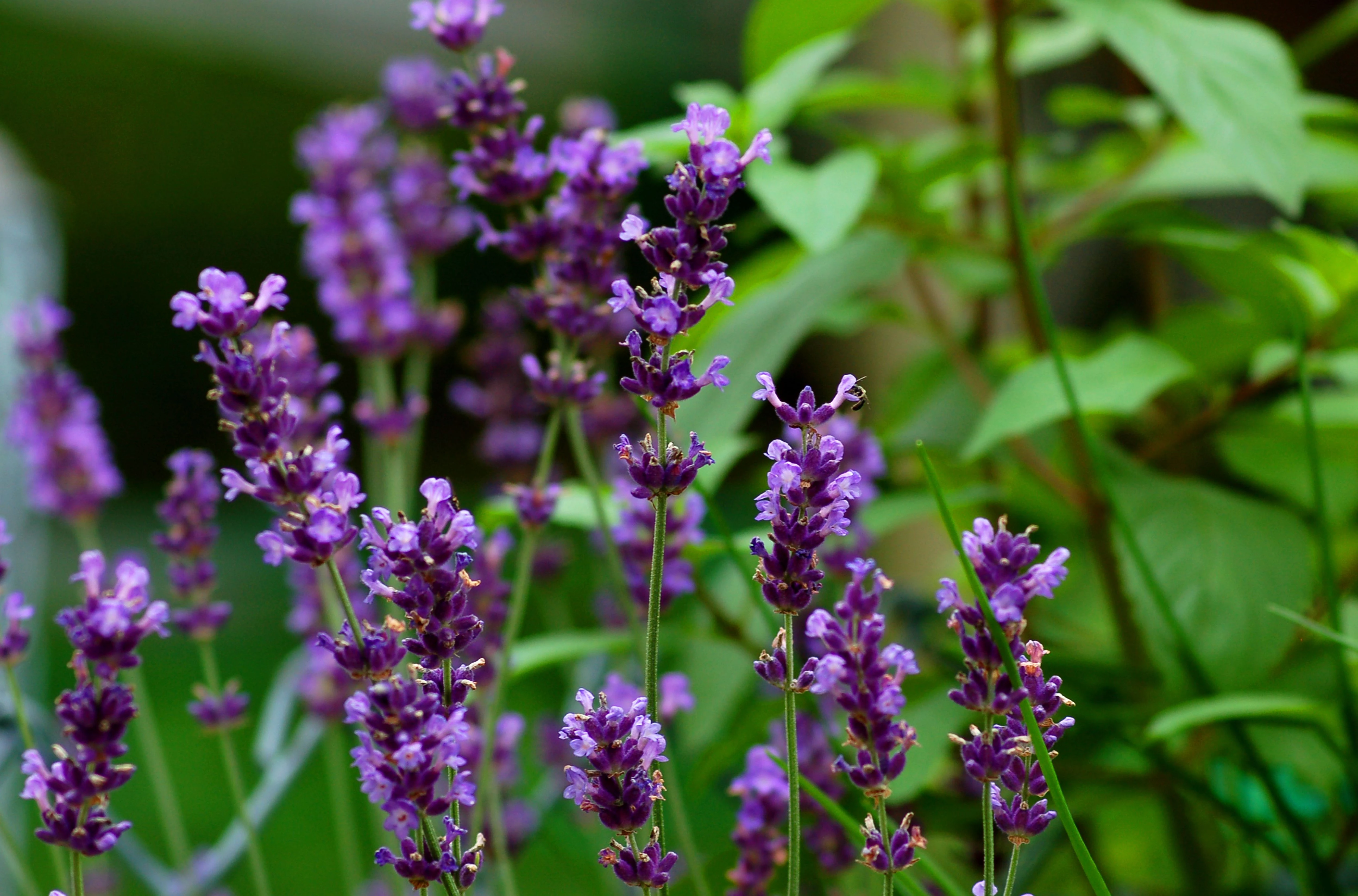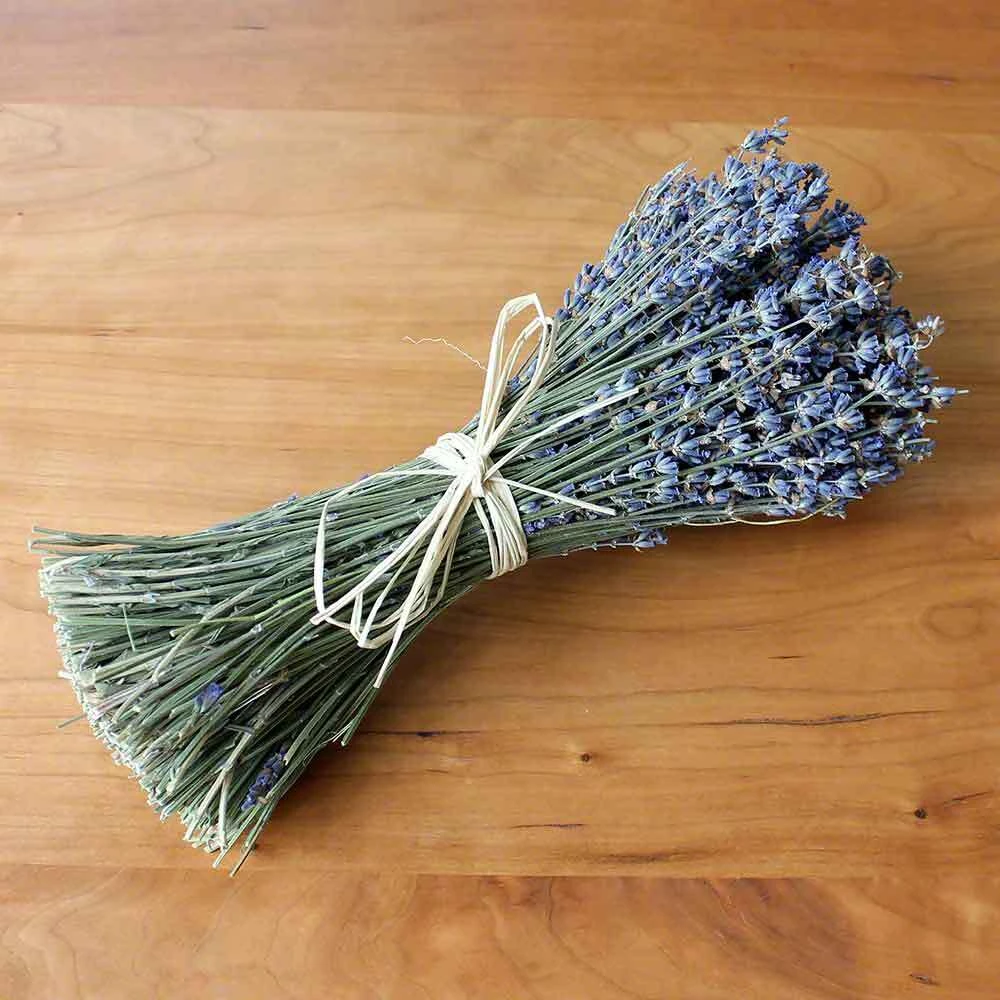Is lavender safe for cats? Dive into the aromatic world of lavender, but tread carefully when it comes to your feline companions. Uncover the hidden risks and potential dangers. On the other hand, learn the signs, explore cat-friendly alternatives, and discover how to strike a perfect balance between the soothing scent of lavender and the safety of your cherished pets. Let's find out together.
Is Lavender Safe For Cats?
 Source: Google
Source: Google
While lavender might be a delightful scent for us, it's important to know that for our furry friends, especially cats, it can pose a risk.
The American Society for the Prevention of Cruelty to animals (ASPCA) has flagged lavender plants as potentially toxic to cats, dogs, and horses. The culprit is two natural substances in lavender—linalool and linalyl acetate—that cats struggle to digest.
If your curious cat decides to munch on a lavender plant, it's advised to promptly contact animal poison control or an emergency vet to ensure their safety.
Why Is Not Lavender Safe For Cats?
 Source: Google
Source: Google
The lavender plant contains compounds like linalyl acetate and linalool, which are pretty common in flowers but spell trouble for cats. These compounds can be toxic, and it's crucial to be cautious when introducing any flowering plant to a cat-friendly home.
The danger level varies among different forms of lavender, but the essential oil form is especially risky. Cats lack the enzymes needed to metabolize essential oils, making their immune system react strongly.
Even the act of grooming, where cats lick themselves, can lead to unintended ingestion of the oil. So, while lavender might be a calming presence for you, it's a potential hazard for your feline companions.
The Most Dangerous Form Of Lavender For Your Cat
 Source: Google
Source: Google
While lavender is adored by many humans for its soothing properties, it can pose serious health risks to our feline friends.
Lavender essential oil, in particular, is a major concern for cats. Essential oils, known for their rapid absorption, can be especially problematic for cats as their livers lack the enzymes required to metabolize these oils efficiently.
This deficiency leads to complications in the cat's liver, disrupting its detoxification processes. The toxic compounds in lavender, such as linalool and linalyl acetate, are found in various forms of the plant, making it a potential hazard for cats.
Despite its toxicity, the good news is that lavender exposure in cats is usually not lethal and can be effectively treated. As pet owners, it's crucial to be mindful of the potential dangers that seemingly harmless plants and their derivatives can pose to our beloved feline companions.
Causes Of Lavender Poisoning
 Source: Google
Source: Google
Our feline friends may find the aromatic wonders of lavender too enticing to resist. However, the consequences of such curiosity can be dire.
If a cat decides to nibble on lavender sprigs casually strewn about the home, it could lead to an unwelcome rendezvous with sickness. The danger, though, extends beyond the physical presence of the plant.
Even the seemingly innocuous act of a cat licking lavender essential oil diffuser sticks or inadvertently ingesting oil residues from a human's hands can spell trouble. While the concentration of lavender released may be low, it still poses risks of respiratory distress or irritation, especially if the cat is in close proximity.
Caution becomes paramount, urging pet owners to steer clear of using lavender essential oil in these devices and opt for oils derived from non-toxic plants.
Symptoms Of Lavender Poisoning In Cats
 Source: Google
Source: Google
Lavender poisoning in cats can be like a secret code with both clear and hidden signs. The obvious troubles are upset stomach issues like diarrhea and vomiting, but there are sneakier symptoms too.
Cats, being mysterious creatures, might not show signs easily. They could be drooling or licking a lot, but they could also be feeling nauseous, dizzy, having trouble breathing, or having a slow heart rate. Cats are good at hiding their discomfort, so you have to be a bit of a detective.
If your cat avoids food, seems low on energy, or has diarrhea, those are more hints. Holding your cat and checking for a weird heartbeat or fast breathing can also tell you something is wrong.
Understanding these signs is like reading a secret language to p out if lavender caused the trouble.
Is Dried Lavender Toxic For Cats?
 Source: Google
Source: Google
Basically, in any form, lavender can make your kitty sick as heck.
Whether it's the plant itself or the more concentrated form in essential oils, lavender poses a potential threat to our feline companions. The aromatic charm of lavender might intoxicate the senses, but for cats, it can lead to more than just a bout of sickness. The toxicity of lavender extends to dried forms as well, making it imperative for pet owners to exercise caution in introducing any lavender products into their feline-inhabited spaces.
The Most Cat-Friendly Outdoor Plants
 Source: Google
Source: Google
When it comes to plants that cats adore, two stand out with names that scream feline fascination: catnip and cat grass.
Catnip is a classic choice, readily available at places like Home Depot, and a welcome addition to any garden. The impact on your cat? It could swing between hyperactive and blissfully content, depending on your cat's unique personality.
On the other hand, cat grass is a common delight for cats, especially because they love to munch on it. Growing cat grass is a breeze, and it sprouts rapidly, making it a fantastic addition to a pot or directly into your garden.
These plants add a touch of nature's charm to your cat's environment, offering not just Entertainment but also a dash of health benefits.
How To Keep Your Cat Safe Around Lavender
 Source: Google
Source: Google
Lavender, while posing a threat to cats, doesn't necessarily mean banning it from your home. It's all about creating a safe environment for everyone, including your feline friends and children.
Lavender poisoning symptoms aren't exclusive to pets; humans can also display signs of toxicity, especially with the ingestion of excessive lavender, often in the form of essential oils. This can even lead to respiratory issues, particularly in young children.
To incorporate the aromatic charm of lavender without compromising safety, consider growing lavender plants indoors and suspending them in pots from the ceiling. This ensures that both your kids and cats can enjoy the delightful scent without access to the potentially harmful plant.
Encourage the growth of catnip and other cat-friendly plants to divert their attention from lavender. By creating a thoughtful and pet-friendly environment, you can strike a balance between enjoying the benefits of lavender and ensuring the well-being of your loved ones.
Is Lavender Safe For Cats? - Conclusion
 Source: Google
Source: Google
Now we have the answer to the question “Is lavender safe for cats?” Lavender takes center stage as a potential threat to our whiskered companions. While its aromatic charm enchants our senses, it's crucial to heed the warning: for cats, lavender can be a perilous partner. From toxic compounds to unsuspecting encounters with essential oils, the risks are as varied as they are hidden.
However, this doesn't spell the end of lavender's presence in our homes. With a careful choreography of plant placement, cat-friendly alternatives, and a vigilant eye, we can ensure harmonious coexistence. So, let the fragrance linger, but let safety lead the dance.